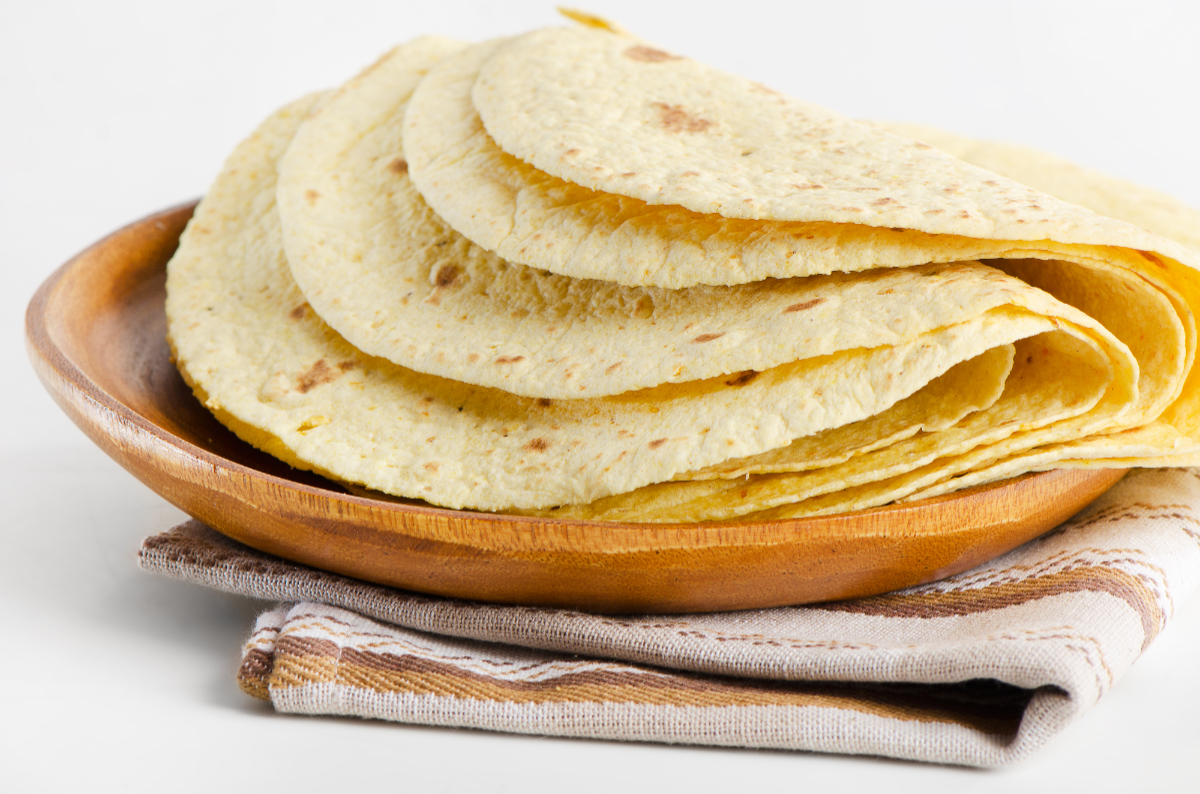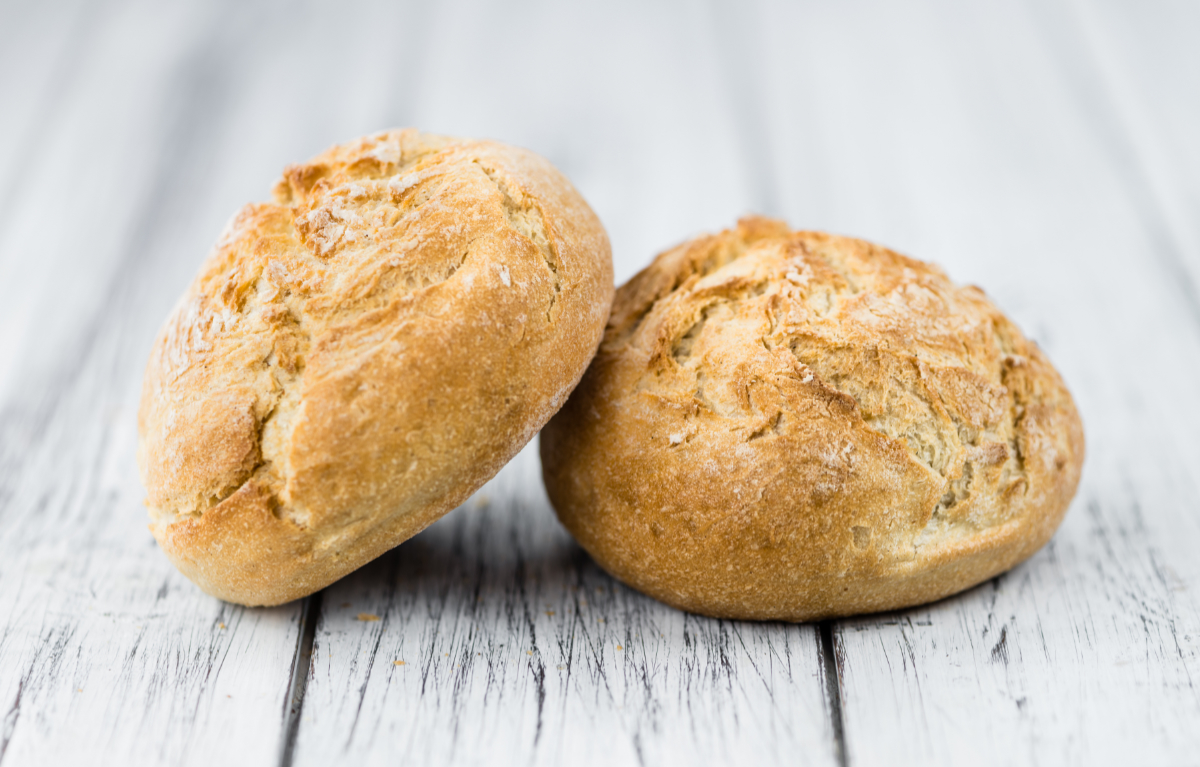On something as simple as a loaf of bread, consumer demands have become complex and often conflicting. As people become more informed about food ingredients and their nutritional value, that information is driving purchasing decisions. However, American shoppers also want foods that meet their needs for convenience and staying power.
“Today, industry demands range from traditional, tried-and-true mold inhibition solutions to the clean label alternatives preferred by many consumers, all while maintaining desired mold-free shelf life and eating qualities such as softness, freshness and even flavor,” said Paul Bright, innovation manager, AB Mauri North America.
A label-friendly mold inhibitor might not be as effective as traditional ingredients, or it may be effective but have a negative impact on product quality or jack up the final product’s price. Sometimes consumers will forgive these compromises, but sometimes they won’t. Bakers must decide what they are willing to trade, and ingredient suppliers push the boundaries of what clean label mold inhibitors can do.
“Due to the higher demand for clean label products, mold inhibitors have needed to expand further than the traditional use of calcium propionate to extend shelf life,” said Ken Skrzypiec, Eastern vice-president of sales, Brolite Products. “There are now more varieties of raw materials being cultures, allowing for the elimination of allergens. There are more enzyme and extract blends being used, too. These mold inhibitors must be used to not only prevent mold but also to extend the quality and taste of the product.”
Challenged by the label
Mold inhibitors can be split into two categories: synthetic and natural. Still the most effective mold inhibitor for bread — calcium propionate — is a synthetic ingredient. However, the high levels of calcium propionate necessary to achieve extended shelf life can have a negative impact on the final product, said Jan van Eijk, Ph.D., research director, baking ingredients, Lallemand Baking Solutions. Bakers can see a negative impact on loaf volume, crumb structure as well as taste and flavor.
“The food industry is moving toward simpler and cleaner labels,” said Al Orr, vice-president, sales and marketing, J&K Ingredients. “This is largely driven by the consumer. The baker has the ability to provide a more natural baked good without the use of artificial preservatives.”
For those clean options, bakers can rely on fermentates, dairy or organic acids such as vinegar, raisin juice and citric acid. J&K Ingredients invested in fermentation improvements to enable bakers to maximize shelf life with its Bred-Mate line of clean label mold inhibitors.
“From the use of the latest in fermentation technology, we have been able to improve our products to be cost-effective and high-performing,” Mr. Orr said.

Further research has helped formulators better understand how to make natural mold inhibitors function most effectively in a loaf of bread.
The key to mold growth lies in the pH value of the dough.
“Breads with a low pH value have long been known to resist mold growth longer than breads with a high pH value,” said Michael Beavan, Ph.D., director of technical services, bakery ingredients division, Watson Inc. “The organic acids responsible for the low pH value are still the most common additives in use today, either ‘naturally’ generated by sourdough-type micro-organisms or synthetically manufactured.”
While vinegars and prune juice concentrates can control pH, other ingredients like clove, cultured whey and cinnamon extracts slow mold growth by disrupting cell membranes.
“These solutions, when combined together, can have a synergistic effect, maximizing the shelf life at the consumer’s end,” said Asim Syed, food R.&D. director, Brenntag North America.
These do not come without their own challenges, though.
“While natural mold inhibitors can prevent the growth of mold using simplified ingredients — a perk that helps bakers appeal to label-conscious consumers — it is important to consider how the use of these inhibitors could impact product quality and consistency,” said Ashley Robertson, market manager, bakery, Corbion.
Examining functionality
Mold inhibitors can impact almost every side of a baked food: formulation functionality, processing functionality, and final product quality and taste.
Bread formulations need yeast to rise, but some mold inhibitors can get in the way.
“We often see when working in an environment using previous generations of clean label mold inhibitors a loss of volume and a negative effect on yeast functionality,” said Matt Feder, vice-president, sales and marketing, Cain Food Industries. “These same situations often require vinegar to meet the required mold-free days, thus amplifying the challenges with yeast.”
Cain Food’s AlphaFresh is an acid-based system derived from natural fermentation with a higher functionality than previous clean label mold inhibitors. This enables bakers to use it at lower levels to work within traditional yeast rates without adding vinegar.
Lallemand’s Essential Fresh takes a different approach. This bio-preservation technology is designed to extend mold-free shelf life based on a post-baking spray application of live yeast to packaged baked foods.
“The yeast remains viable on the surface of the product and creates a controlled atmosphere within the package that inhibits mold growth and does not require full coverage,” Dr. van Eijk explained.
Natural mold inhibitors, fermentates and organic acids, have their own trade-offs. Fermentates, which include cultured wheat, whey or corn syrup solids, are carbohydrate sources fermented by propionic acid bacteria, Dr. van Eijk explained. This produces a label-friendly mix of propionates and organic acids with mold-inhibiting effects, but at a higher cost and with some negative impact on overall bread quality. Organic acids are natural but have a limited effect on mold inhibition. They can work with propionates to lower the pH of a bread formula but can interfere with yeast functionality, cause processing issues and impact taste.

“The functional challenge from an additive point of view is that adding acids to bread doughs containing salt increases those doughs’ elasticity, which leads to problems in rounding, sheeting and proofing,” Dr. Beavan said.
To increase shelf life without impacting the dough’s processability, AB Mauri developed BakeGaurd Platinum SA. This non-encapsulated sorbic acid solution can achieve at least 30 days of shelf life and up to 60 days for bread and rolls.
Organic acids and mold inhibitors also can impact taste and product quality when used at higher rates to achieve extended shelf life.
To overcome issues of acids interfering with yeast and processing, Dr. Beavan said the acid must be introduced into the dough through fermentation, as an anion or propionate or as an encapsulated acid, which releases acid after the bread has been formed. Encapsulation technology has helped minimize organic acids’ negative impact. The capsule breaks during baking and activates the acid.
Watson uses a combination of dried cultured substrates from wheat, corn or rice that contain organic acids generated via fermentation and encapsulated acids.
Improvements in extraction and isolation technologies also have resulted in preservative ingredients with minimal flavor impact.
Corbion has used fermentation technology to improve natural mold inhibitors that can mitigate disruption to finished product quality. The Verdad and Purac lines clean up the ingredient label without off flavors.
“With our newest clean label mold inhibitor, Verdad MP100, bakers can have the shelf life and flavor they’re used to while delivering the clean label experience many consumers want,” Ms. Robertson explained.
Brolite’s NI Natural Mold Inhibitor and the company’s other natural mold inhibitors use synergies between ingredients to extend shelf life and preserve the quality of the product. Brolite also offers those made with organic ingredients.
At the end of the day, regardless of synthetic or natural mold inhibitors, bakers want their products to stay fresher longer without an impact on finished product quality or functionality. Today’s latest mold inhibitor solutions allows bakers to overcome these challenges.
To learn more about clean label mold inhibitors, sign up for the free webinar A Superior Solution to Natural Mold Inhibition.




